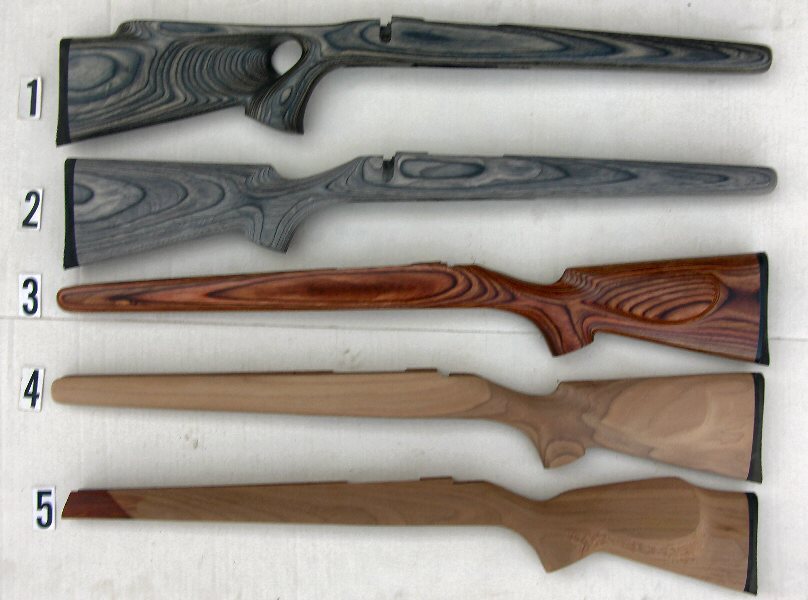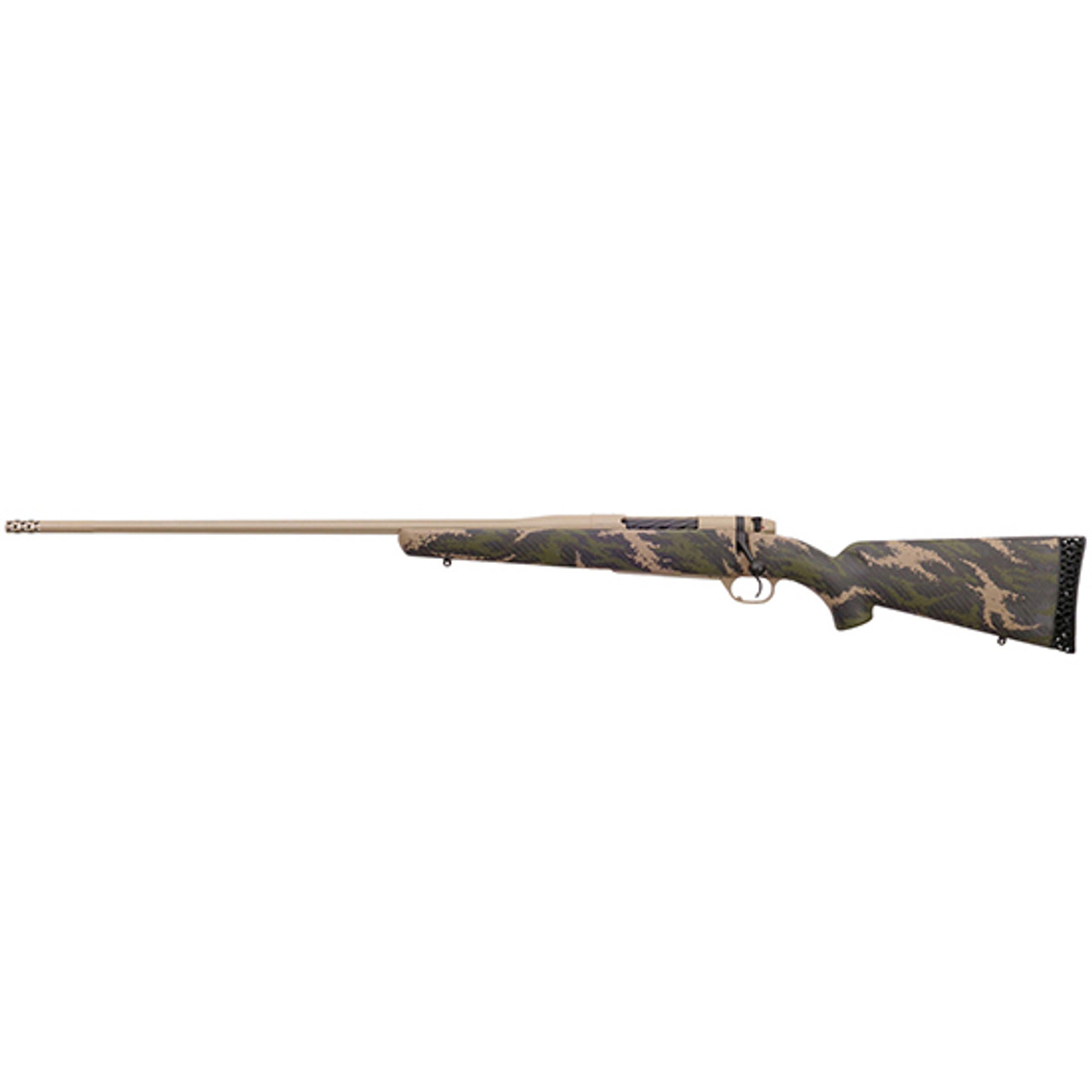


The rifle is also fitted with a recoil-reducing muzzlebrake, which the company calls the Accubrake ST. This spreads the kick out over what amounts to milliseconds, but it’s enough to reduce what should be sharp, painful crack into a subtle push that is more than tolerable and, dare I say, comfortable. So Weatherby re-engineered the design and introduced the new 3DHex pad with an interior honeycomb structure that lengthens the duration of the rifle’s recoil. And while that pad worked as advertised, it did have a few flaws. When Weatherby announced the original Backcountry rifle, one of its unique features was a hex 3D-printed recoil pad. Lighter guns can be painful to shoot, especially when chambered for big-game backcountry hunting, but this new Weatherby Backcountry rifle is truly an exception. But what about the recoil? Turns out, Weatherby had already solved that problem. That’s an ideal weight for hiking the backcountry in search of elk, mule deer or, as I was planning, black bears. without optics or mounts, depending on standard or magnum chambering. Weatherby lists the rifle’s weight from 5.3-6.6 lbs. Topped with a Zeiss Conquest V4 scope, the rifle tipped the scales somewhere south of 8 lbs.

I’m not sure I want to shoot this thing.” My second thought was: “This thing is way too light for the magnum cartridge it’s chambered for. Photo Source: GunsandAmmo.When I first handled the new Weatherby Mark V Backcountry 2.0 Ti Carbon rifle, my initial thought was: “Man, this thing is light.” is still based in the United States, however, with the corporation’s new headquarters located in Sheridan, Wyoming. The company’s popular Vanguard rifle, for instance, is produced with the help of the Japanese firearms manufacturer Howa. In producing and assembling a variety of shotguns and rifles, Weatherby also forged a few international partnerships along the way. “Weatherby Magnum” is a title synonymous with several big bore cartridges introduced by the company’s founder beginning in the late 1940s. Production innovations, coupled with Weatherby’s custom inventions, quickly earned him an industry reputation as the father of high-powered rifle cartridges. Despite outsourcing production, Weatherby continued to make custom long guns and cartridges for many years (a heritage that’s still reflected in the company’s philosophy today). Weatherby additionally produced small batches of specialized rifles, based on the popular Mauser action of the late twentieth-century, but later obtained a production contract with the Finnish firearms company SAKO in the mid-1950s. Weatherby in 1945, the company originally created custom ammunition out of a small shop located in Southern California. Founded by the late cartridge designer Roy E. isn’t exactly a newcomer to the industry. As far as American firearms manufacturers are concerned, Weatherby, Inc.


 0 kommentar(er)
0 kommentar(er)
